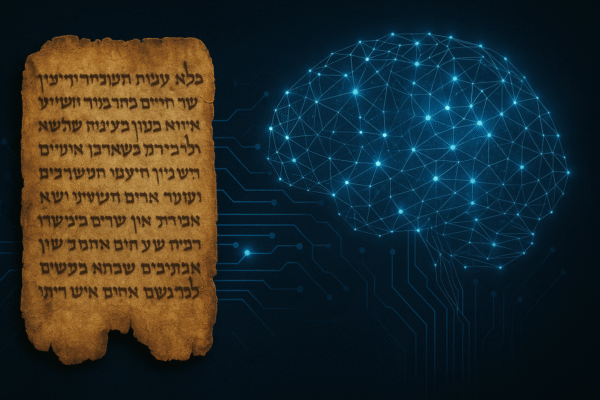Category: Archaeology

June 07, 2025
Archaeology
Ancient Texts, Artificial Intelligence, and the Dead Sea Scrolls
The Dead Sea Scrolls have fascinated scholars, spiritual seekers, and historians since their discovery in the 1940s. These ancient manuscripts,…

May 31, 2025
Archaeology, Commentary, History
From Myth to Marvel: How the Hittites Validate Scripture
The Rediscovery of the Hittites: Confirming Biblical Accounts For centuries, the Bible’s references to the Hittites left many sceptics questioning…

May 19, 2025
Archaeology, Commentary, Prophecy
Patmos: The Island of Thunder and Hope
I recently stood on the rocky, sunbaked island of Patmos—a speck in the Aegean Sea, where sky and sea kiss…

May 13, 2025
Archaeology, General, History
The Evidence for the Historical Person of Jesus
Is there any real evidence that Jesus of Nazareth actually lived? It’s a question that occasionally pops up in social…

April 15, 2025
Archaeology, History, Prophecy
Imperia: The Statue That Shames a Council
Konstanz, Germany – From Egypt to Eternity At first glance, she might seem like just another artistic monument. But towering…

April 14, 2025
Archaeology
WebSeries: The Ancestors
This documentary series explores the faith of the Ancestors of China. The Altar of Heaven complex in Beijing, also known…

April 14, 2025
Archaeology
DocuGram: From Egypt to Eternity
Embark on an unforgettable journey across seven countries and thousands of years of history with the mini-docuseries, “From Egypt to…

January 26, 2025
Archaeology
The Dead Sea Scrolls
In 1947, one of the most significant archaeological discoveries of the 20th century was made in the arid wilderness near…

January 25, 2025
Archaeology
This is the story of the boy king – Tutankhamen
The Great Discovery Tutankhamen, or King Tut as he is often called today, was the third-last king of Egypt’s 18th…

November 08, 2024
Archaeology
10 Archaeological Discoveries Affirming the Historicity of the Book of Daniel
The Book of Daniel stands out for its rich historical and prophetic narrative set during the height of Babylonian and…